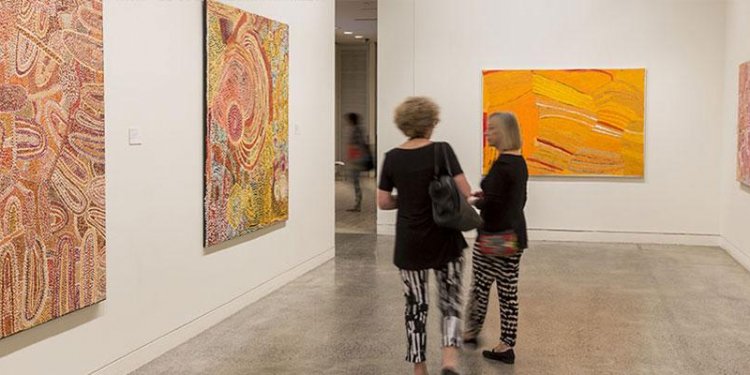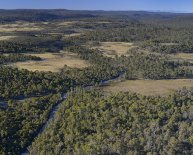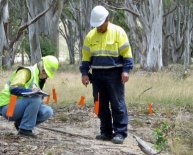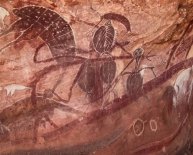
Aboriginal Cultural practices
Aboriginal and Torres Strait Islander parents understand "what works" to keep their children safe and to raise them to be active contributors to family and community life. The effects of intergenerational trauma, cultural disconnection and family disruption among many Aboriginal communities, however, are increasingly being recognised by the broader Australian community. The high levels of disadvantage faced by many Aboriginal families and communities are, as a result, now widely acknowledged (Australian Institute of Health and Welfare [AIHW], 2011; Bowes & Grace, 2014; Council of Australian Governments [COAG], 2009; Price-Robertson, 2011).
For many Aboriginal families and communities, engaging in traditional cultural practices and reclaiming a sense of cultural identity is the key to alleviating Aboriginal disadvantage and regaining their rightful place in broader Australian society. In this sense, Aboriginal culture is strength, and acts as a protective force for children and families (Department of the Prime Minister and Cabinet [PM&C], 2012; Secretariat of National Aboriginal and Islander Child Care [SNAICC] & Innovative Resources, 2009; SNAICC, 2011; Victorian Aboriginal Child Care Agency [VACCA], 2013).
Understanding how Aboriginal culture can help to deliver positive outcomes for children may also help service providers in their work with non-Indigenous families. Some of the strengths of traditional Aboriginal cultural practices are supported by evidence that could be applied in cross-cultural settings. This paper explores some of those strengths, with an aim to:
- identify the characteristics of Aboriginal culture that contribute to effective family functioning and child-rearing practices;
- contribute to the body of knowledge about Aboriginal family and community life, to promote greater understanding about traditional Aboriginal cultural practices; and
- explore the ways in which service providers working with non-Indigenous families might draw from some of the strengths of traditional Aboriginal family practices.

















